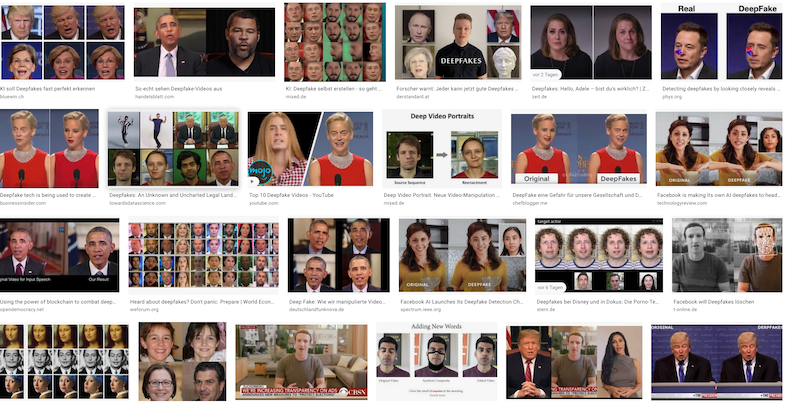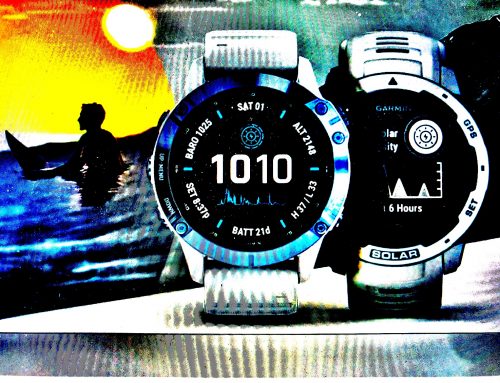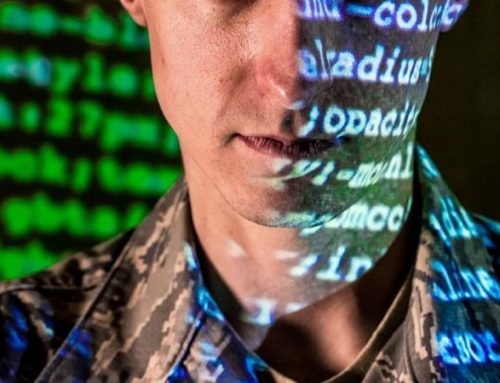Photos of women are integrated into sex photos or even porn videos, videos of politicians are faked or interviews of business managers and CEOs are manipulated. Deepfakes are becoming a huge problem, experts are already talking about a “Moore’s Law for deepfakes”. According to a recent analysis by the Dutch IT start-up Deeptrace, there are currently 49,081 fake videos on the web – that is more than tripled within a year! (14,678 were in June 2019). Deeptrace specializes in the detection of deepfakes with the aim of developing methods for detecting deepfakes in order to better combat character assassination in the future.
Suddenly you are playing in a porn movie
On the one hand, videos are called Deepfakes if they have been manipulated, altered or if the text or sound has been changed. On the other hand, Deepfakes are also videos in which a person’s face is mounted on the original. Cyber criminals copy photos (mostly from social media platforms such as Facebook or Instagram) and use them – especially women are victims of this method – for so-called “face swapping”. The Australian Noelle Martin became a victim of this face swapping and suddenly played the leading role in two porn clips. Martin – she is fighting for women’s rights in the meantime – is convinced that there are thousands of women who have been/are being denigrated in the same way, but who know nothing about it.

At the moment, Deepfakes mainly affect actors, such as Emma Watson or Megan Fox (in the porn Deepfakes section), but more and more private individuals, politicians and business managers are being added – about 4000 Deepfakes concern fake videos of politicians or business managers. Well known are the (manipulated) videos in which Barack Obama calls Trump a “idiot”, or the speaker of the US House of Representatives, Nancy Pelosi, is said to be drunk or to give a confused impression.
The technology behind Deepfakes
The technology that makes this face-swapping in videos possible was first mentioned in 2014, since then projects have been booming. Specifically, a wide variety of programs use techniques based on the so-called “Generative Adversarial Network” (GAN). GAN generates new ones from existing data sets. This means that machine learning is used to create new data, such as auditory or visual imitations, on the basis of existing data.
Many believe what they see
Deepfakes will become a huge problem in the coming years – not only because they denigrate people, but also because many people (keyword fake news) are manipulated with such Deepfakes. Many believe what they see and do not question whether what they see is real or can be true. In addition – software with which you can integrate a person’s face into a video is now not only available in large numbers, but can now be operated very easily. And there are already many apps that can be used to create deepfakes with the smartphone.
How do Audio Deepfakes work and how successful are they? How do you recognize Deepfakes? How do Deepfakes influence politics and why will Mark Zuckerberg get a big Deepfake problem? You can read all this and more in the book “Internet of Crimes”.




Leave A Comment